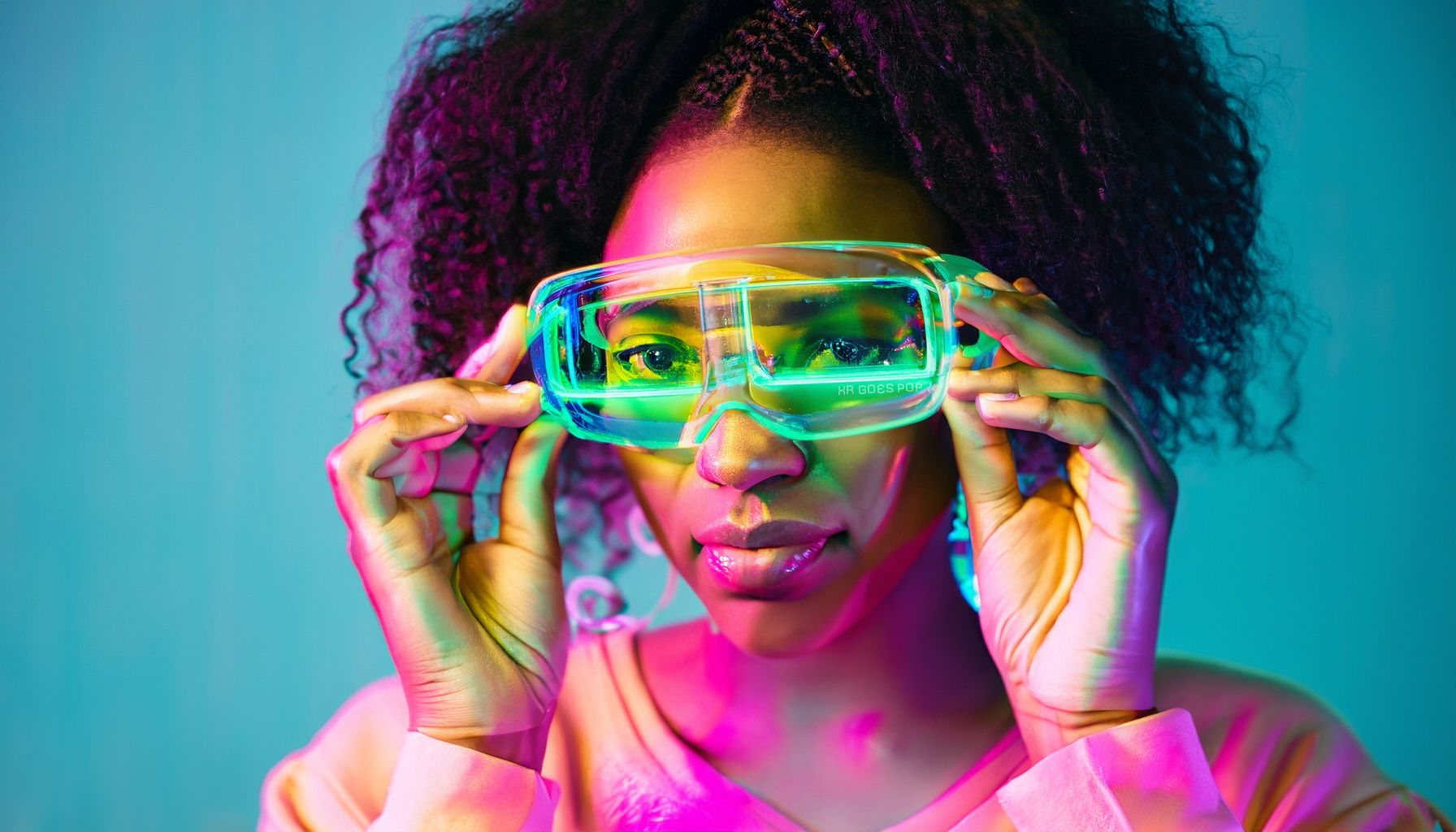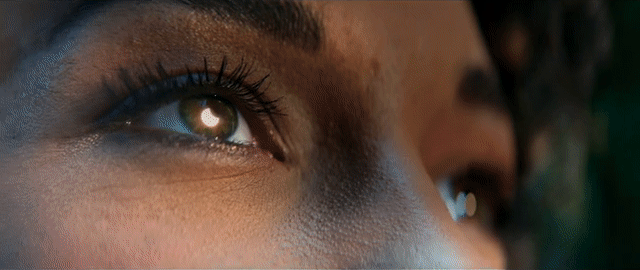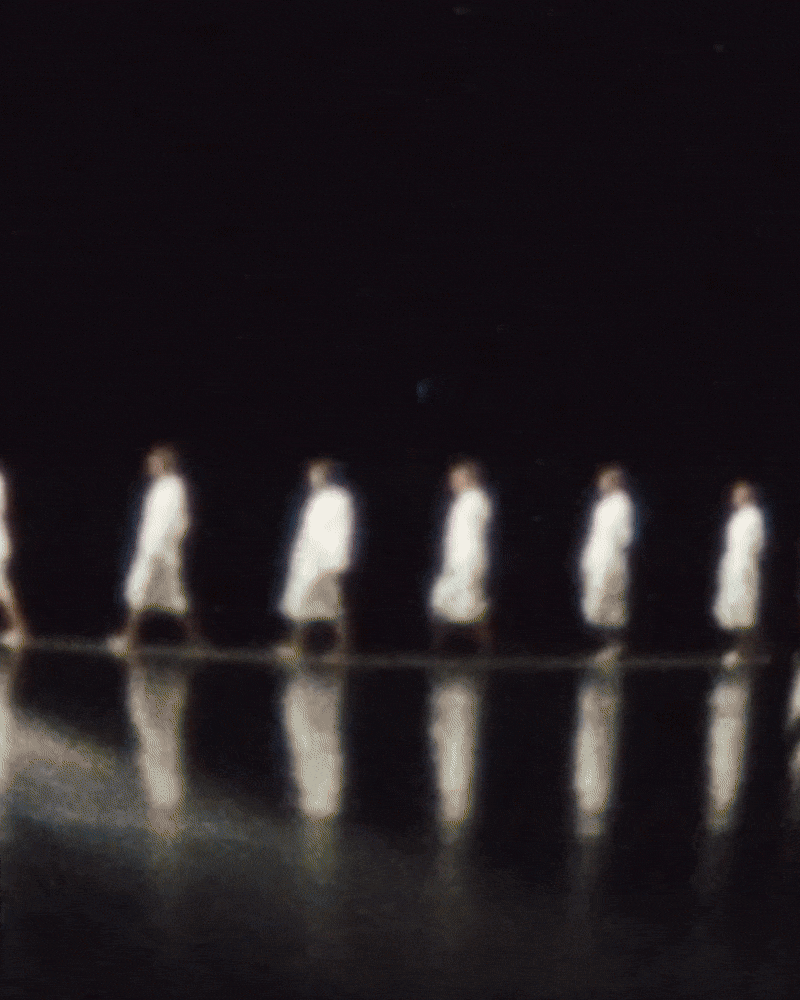Apple

Are we days away from Apple’s headset announcement at WWDC?
I’ve been waiting 18 years for this moment.
When I got my start in the Augmented Reality (AR) industry in 2005 as a creator, I called it my best kept secret. One simple AR demo was all it took for me to become beyond obsessed. In that moment, I saw the future so clearly, all of it. I knew this was what I wanted to dedicate my career to and haven’t looked back since.
But my love affair with AR goes back even earlier to 2002. I was working at Bruce Mau Design as project lead on “Massive Change: The Future of Global Design.” I joined BMD as the first employee on the studio’s new manifesto project working closely with Bruce to define the project and initial research. AR was one of the fascinating technologies I came across while wearing my Futurist hat; funnily enough, AR didn’t make our final cut of groundbreaking technologies back then. It wasn’t ready, we weren’t ready.
It was after BMD in 2005 that I began to search for my own ‘Massive Change’ … and AR without a doubt was it. My PhD dissertation was practice based and focused on AR as a new medium for creative expression. In the early 2000s I made a point of travelling to the labs around the world where the work was happening so I could experience it first hand and meet the people building these new worlds — the stuff I was looking for wasn’t in textbooks. I went to New Zealand, Australia, and Singapore. Abroad I met pioneers like Tom Furness, Mark Billinghurst, Christian Sandor, Bruce Thomas, and many others, inspired by each of their work. Later in North America our community began to grow too with mentors and cherished friends including Ron Azuma, Christopher Stapleton, Ori Inbar, and Avi Bar-Zeev coming together at events like the IEEE International Symposium on Mixed and Augmented Reality (ISMAR) and Augmented World Expo (AWE) in Silicon Valley, which felt more like family reunions as the years passed.
My 18 year journey in this space wouldn’t have been possible without my incredible mentor and PhD supervisor Dr. Caitlin Fisher leading the way so early on having the amazing foresight to start an AR lab at York University in the department of Film, Faculty of Fine Arts focused on storytelling. Back in 2005, AR was heavily rooted in computer science, not the humanities or arts. Caitlin had the vision to bridge these worlds and enable the curious minds who wanted to build here.
It’s been a long time coming with AR slowly entering the public consciousness, and companies like Apple doing a great job easing us into what’s next, but of course let us not forget the amazing OGs building in labs and R&D centres driving this tech forward for several decades past.
When I began building AR experiences in 2005, I was designing for the desktop computer with a webcam. The iPhone wasn’t introduced until 2007; you were lucky if you had AR running on a Nokia! Apple’s iPad 2 with camera announcement in 2010 was a big deal for our industry — all that screen real estate we now had! In 2010 I designed the first AR popup book “Who’s Afraid of Bugs?” using image recognition on the iPad (demoed at AWE, TEDx, NEXT Berlin, Cinekid, and more). The experience was developed using Metaio’s AR Junaio browser and with some help from my friend Lukas Gruber on the 3D models.
Apple’s AR lineage includes acquisitions of 3D sensor company PrimeSense in 2013 and AR software company Metaio in 2015. ARKit being introduced in 2017 was another huge milestone on the path to enabling everyday AR for Apple. (It was literally a ‘stop the presses’ moment for my book “Augmented Human” to include this major announcement!) 2017 was also the year Apple acquired Canadian AR VR headset company Vrvana (still kicking myself for not being able to take COO and Cofounder Marc-Olivier Lepage up on his personal invite to demo the headset in time before they were acquired!). And the introduction of spatial audio with AirPods and haptics with Apple Watch helping to form a wearables ecosystem to support AR experiences.
I’ve always appreciated Apple’s approach to technology as human centered. “I am incredibly excited about AR as you might know," Tim Cook told China Daily in an interview in June 2022, "and the critical thing to any technology including AR is putting humanity at the center of it. And that is what we focus on every day."
This too is what my book “Augmented Human” (available in 5 languages worldwide) is focused on. It’s not about augmenting reality, it’s about augmenting humanity. As I write in the book and discuss on stage at my keynotes, AR isn’t about replacing reality or supplanting the human imagination, it’s about extending our human capacities.
In 2020, I created a set of 5 design principles encouraging best practices for AR experiences on eyewear:
Relevant
Strive for contextual experiences that are connected to and enhance a person’s surroundings. Consider the user’s location, actions, and time of day.
Rooted in Reality
Aim for at least 60% of the real world environment to be visible. Be mindful of AR content fully blocking out the user’s physical surroundings.
Enable with Ease
Avoid cluttering the user’s field of view with visual information. Use spatial audio and/or haptics (touch feedback) on connected wearables when appropriate to minimize cognitive overload, particularly with notifications.
Discover with Delight
Encourage exploration of the user’s surroundings with thoughtful graphics and multi-sensory cues that inspire, not distract. Use mini apps (like App Clips) to help people accomplish everyday tasks quickly with minimal effort. Only send relevant notifications in response to user actions and surroundings.
Move Mindfully
Minimize visual content when directing people through a physical space, particularly in high traffic environments. Define and use gestures with intention.
Apple will likely reveal a dual AR VR headset at WWDC this year, as opposed to a pair of everyday AR glasses. And so I’m deeply curious as to how Apple will refer to the headset’s technology. Will they describe it as XR (Extended Reality, or as I like to refer to it here on XR Goes Pop as ‘Across Realities’)? Perhaps the term Blended Reality may be referenced. No matter, reality will be the star.
Mark Weiser declared, “The scarce resource of the twenty-first century will not be technology; it will be attention.” As we continue to augment our environments, bodies, and minds with new technologies, our directed focus on the things that truly matter to us will be key. And I hope that continues to be rooted in our physical world.
We’re at a pivotal moment in AR’s evolution where we must ask, now that we can design anything, what will we create? It is my hope that we will use these newfound capabilities to best enrich, evolve, and elevate humankind.
So here we are, potentially days away from a seismic shift in business and culture — a whole new era of computing. I’m here for your magic, Apple. I know you’ll do it masterfully: from education, to entertainment, fitness and wellness, to communication and collaboration. This will change everything.
Book me as a keynote speaker for your next event. I promise to inspire and inform.







